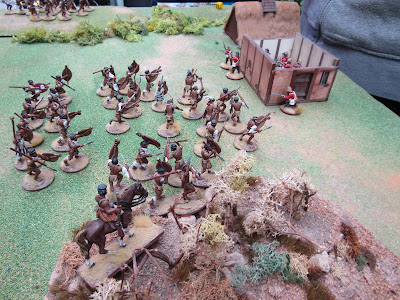Cavalry units were generally divided in: light and heavy. Furthermore a great part of these units were enlisted between the Allies.
Equites cataphracactarii I painted were Armour & Aquila miniatures and they are Palmyrian cavalrymen.
These miniatures wear typical armours and hoods of the Eastern part of the Empire. Based on Notitia Dignitatum during the second half of the IV century there is a significant increase of these units.
 |
| (A funeral painting in which the two central figures show the armour and hood of the late Roman period) |
They were specialized for shock action and they attacked usually in a wedge formation. Below two examples
 |
| Heavy cavalry against another Roman unit |
 |
| Heavy cavalry against a group of Huns |
The weak points of this kind of units were the difficulty to change direction during a charge and the lack of the stirrups. Ammianum and Vegetio reported different battles in which cataphractarii were involved: Maranga (Aurelian vs Palmyrian), Turin (Massenzio vs Costantin I), Strasbourg (Alamans vs Julia) and so on.
Below other details of my miniatures


















































